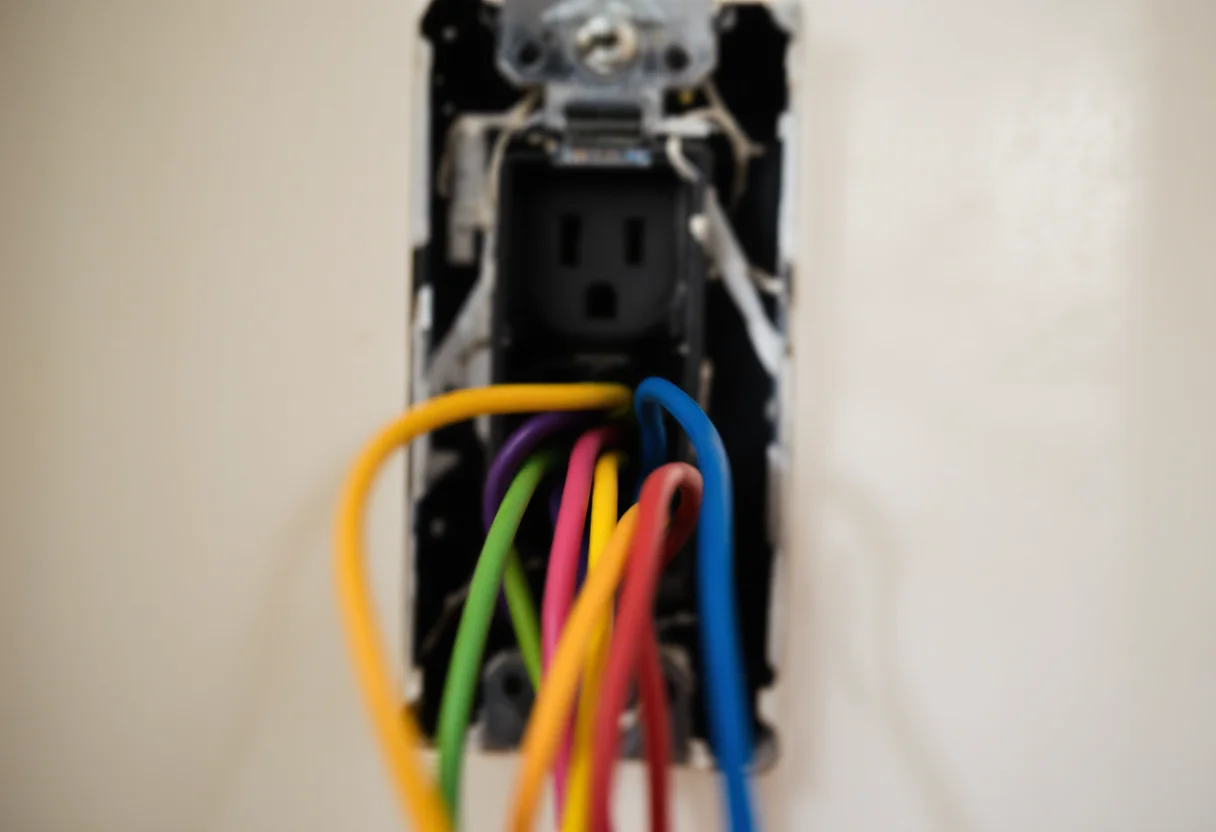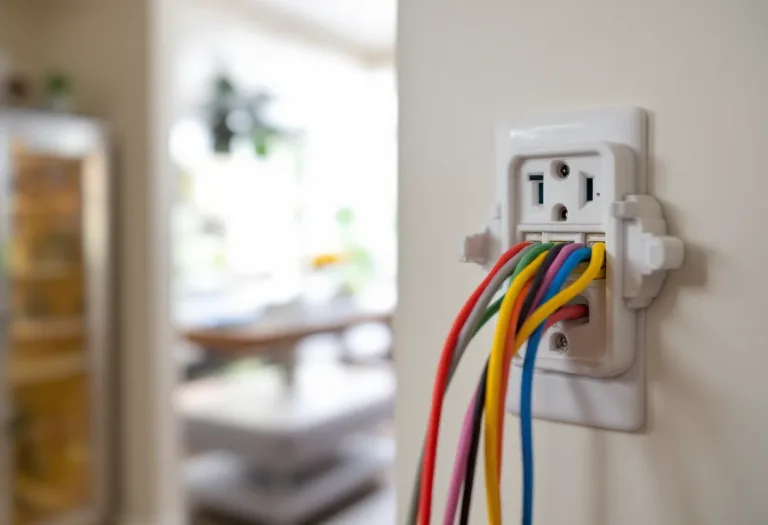


Want safe, code‑compliant electrical outlet wiring in your Los Angeles home? farashi electric, your trusted Los Angeles Electrician, offers expert electrical wiring and rewiring in Los Angeles. Learn optimal outlet placement, GFCI/AFCI protection, switched‑outlet tips, and real‑world installation insights to ensure both functionality and safety—all cross‑checked against 2025 NEC standards.
Jump to Section
ToggleProper outlet wiring isn’t just about plugging in—it’s about safety, code compliance, and long-term peace of mind:
Clean, user‑friendly layout is essential:

If wiring an outlet to a wall switch (e.g., for lights):
Los Angeles County has adopted 2023 NEC with local updates, requiring:
All new outlets, rewiring, or switched‑outlet work require a permit and LADBS inspection. farashi electric manages all documentation—from permit pulls to final sign-offs—for peace of mind.
| Feature | Benefit |
|---|---|
| Licensed Los Angeles Electrician | Master-level knowledge of local codes and device wiring |
| Electrical rewiring in Los Angeles | Home repair or remodel? We rewire and outlet-wire flawlessly |
| Full safety compliance | GFCI + AFCI tested, grounded, boxed, and signed off |
| Whisper-quiet professionalism | No drilling nightmares or wall scarring |
| Warranty & Documentation | All work is guaranteed, code-labeled, inspected |
When it comes to electrical outlet wiring, “it works” isn’t good enough—you need every receptacle in your home to be safe, properly grounded, and ready for today’s appliances. If you still have old two-prong outlets, rely on cheap plug adapters, don’t have GFCI protection near sinks and bathrooms, or you’re daisy-chaining power strips to run a microwave, fridge, and A/C from one overworked outlet, it’s time to let Farashi Electric take a professional look. In Los Angeles, we handle everything from fixing a single problem circuit and adding a few well-placed outlets, to designing dedicated circuits for heavy loads—done to code, with clean finishes, and with one goal in mind: protecting your family from shocks, overheating, and nuisance trips while making your everyday power use safer and more convenient.
No. Even single outlets require code‑perfect terminations, boxes, and inspections—DIY risks safety and compliance.
GFCI protects against current leakage (e.g., water), required in damp areas. AFCI detects arcing faults—mandatory for all general-purpose circuits as of 2025.
Yes! Use combination USB/GFI/AFCI rated devices; ensure you use UL-certified parts.
Run a 3‑wire cable; label the switched leg. A smart switch solution provides hassle-free, code-compliant control.

We provide fast, code-compliant electrical service across Greater Los Angeles—including Westwood, Beverly Hills, Santa Monica, Burbank, Encino, Northridge, West Hollywood, Woodland Hills, Glendale, and nearby communities.
Homeowners choose Farashi Electric for clean, safe, on-time work and clear communication—permits when required, upfront pricing, and jobs that pass inspection the first time.
Farashi Electric is a licensed, bonded, and insured California C-10 electrical contractor (CSLB #1102687), so your project is protected and completed to California code.
©2025 Farashi Electric. All Rights Reserved.
Donald
Concise refresher on outlet placement, GFCI/AFCI, and switched receptacles.